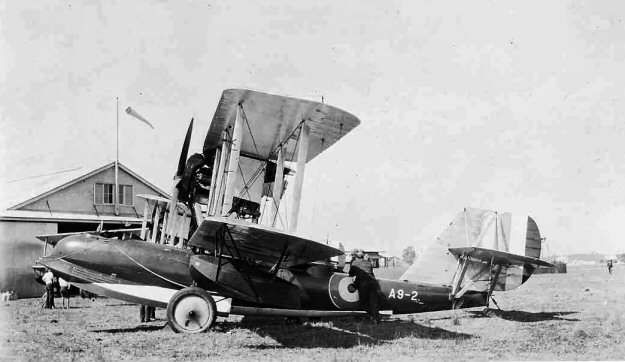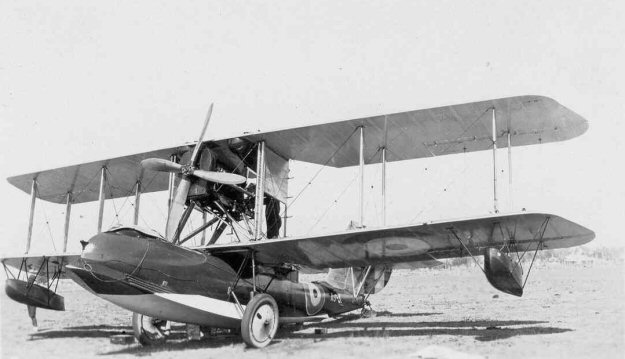Supermarine Seagull III A9-2

In 1921 Supermarine designed a three-seat
deck landing amphibian for the RAF to be used in the
fleet spotter role operating from Royal Navy aircraft-carriers known as
the Seal II. This machine
became
the prototype of the Seagull in 1922. This aircraft was a
foldable wing biplane with retract-
able
wheel landing gear, powered by a 480 hp Napier Lion I. The
production version, the Seagull
Mk. II had minor improvements and a 500
hp Napier Lion IIB power plant. 26 were built for the
RAF and a further six for the RAAF were
designated Seagull Mk. III (Napier Lion V). Two of
these, A9-2 and A9-3, are shown above and below in these extremely rare
photographs from the
Robert
Blaikie collection, taken by his late uncle, Frank Paltridge at
Archerfield, circa 1926/27.
The Seagulls
were employed in carrying out an aerial survey of the Great Barrier
Reef and were
based at
Bowen for this task. A9-3 below was loaned to civil
aviation in 1928 for a survey flight
to
Rabaul. On 29 January 1934 it embarked on HMAS
Canberra and flew ashore in New Guinea
on
6 April 1934. Both aircraft were RTP'd in the mid 1930s.
Supermarine Seagull III A9-3


